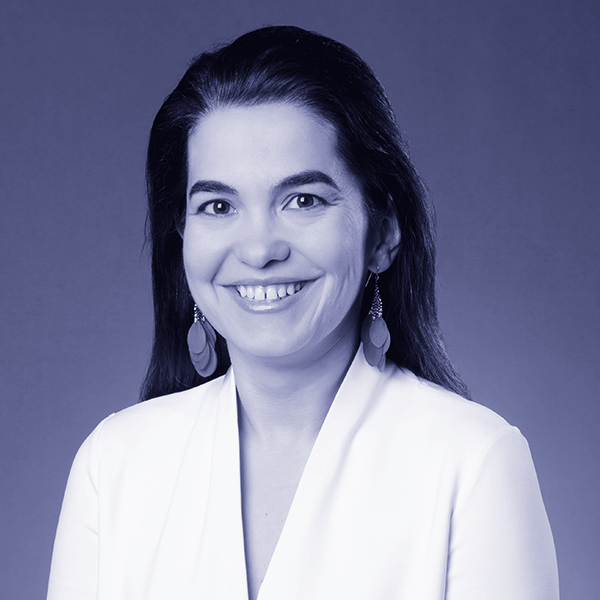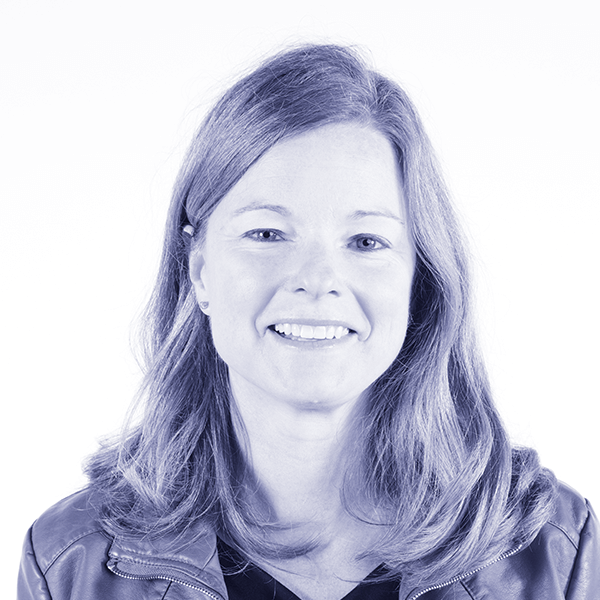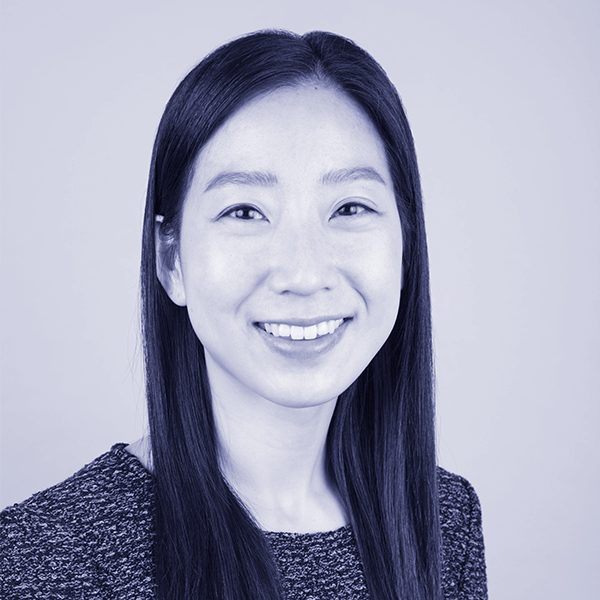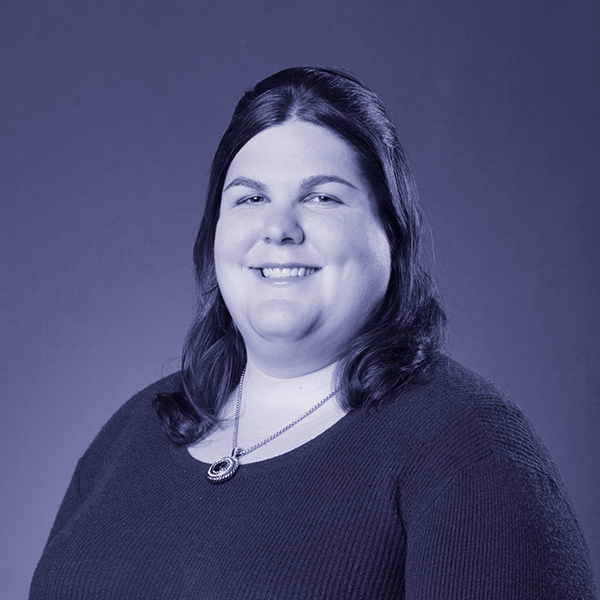The Investigators
Andrea Armani
Ray Irani Chair in Chemical Engineering and Materials Science
Research focus:
We are inventing new diagnostics to improve healthcare, developing new light-emitting materials to advance imaging of living cells and tissue, and creating new types of lasers for quantum-based cryptography. And there are many other problems that we are solving.
Recent news:
We recently discovered that by creating a single oriented monolayer of molecules on the surface of one of our devices we can improve the lasing performance by 40x. This improvement arises from a completely new physical phenomena and reduces the power consumption of the laser.
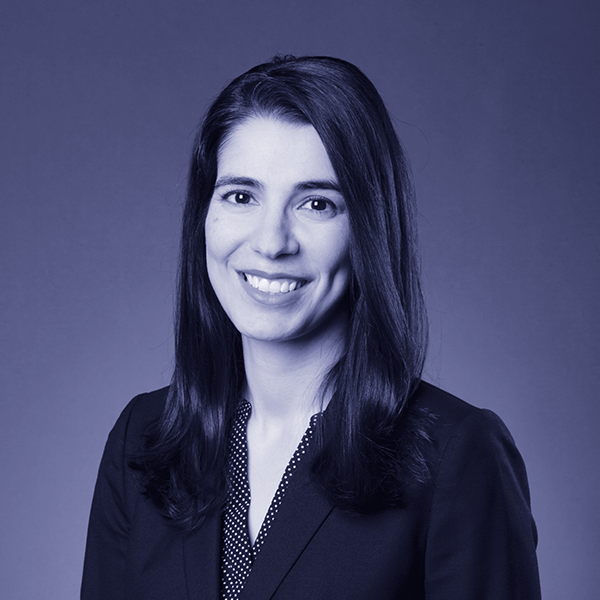 Nora Ayanian
Nora Ayanian
Andrew and Erna Viterbi Early Career Chair and Assistant Professor of Computer Science
Research focus:
How can we make teams of robots better, stronger, and more resilient to changes within the team and in their environment?
Recent news:
I’m excited by our work on speeding up path planning for navigating large (100+) teams of robots in cluttered and complex environments and its applications in warehousing and urban drone delivery. It’s a balance between typical robotics approaches that can handle small numbers (less than 10 robots) with high fidelity and typical AI approaches that handle hundreds without considering real robot challenges.
Burcin Becerik Gerber
Professor of Civil and Environmental Engineering and Director of the Center for Intelligent Environments
Research focus:
I’m trying to create an unprecedented world where there is a productive, symbiotic relationship between a built environment and its citizens; one in which buildings and humans can interact and collaborate for social good (see story).
Recent news:
Examining how the individual minds of humans and machines (in this case, buildings) interact with one another to determine the ways these two entities coevolve and co-adapt to one another. One example: we developed several levels of automation for providing the best thermal comfort conditions in offices and tested them in real-life offices. Our goal is to map automation levels to user acceptability to promote the highest level of symbiosis.
Amy Childress
WiSE Gabilan Distinguished Professorship in Science and Engineering and Professor of Civil and Environmental Engineering
Research focus:
My team and I seek holistic and realistic solutions to the problem of finite water and energy resources.
Recent news:
I recently began a new project that proposes system-scale evaluation of integrating potable reuse systems with desalination systems for high beneficial use of wastewater with low-energy requirements. By bridging experimental design with integration considerations, this project offers a novel framework for reducing energy and environmental impacts of future desalination systems.
Eun Ji Chung
The Dr. Karl Jacob Jr. and Karl Jacob III Early Career Chair and Assistant Professor of Biomedical Engineering
Research focus:
We are designing biomaterials and nanomedicine strategies to deliver drugs to diseased sites without dilution into off-target sites in a manner that is easily self-administered by patients.
Recent news:
We have found that certain nanocarriers can be the depot to the kidney based on their physical and chemical properties which offer the potential to load nearly any drug for a plethora of kidney diseases.
Heather Culbertson
WiSE Gabilan Assistant Professor and Assistant Professor of Computer Science and Aerospace and Mechanical Engineering
Research focus:
One big question I am trying to solve is how to create realistic and complex touch sensations using minimal actuators and mechanically simple designs.
Recent news:
The research result that most excited me was when we discovered that we could use simple speaker actuators to create complex sensations by using haptic illusions created through individual timing and control.
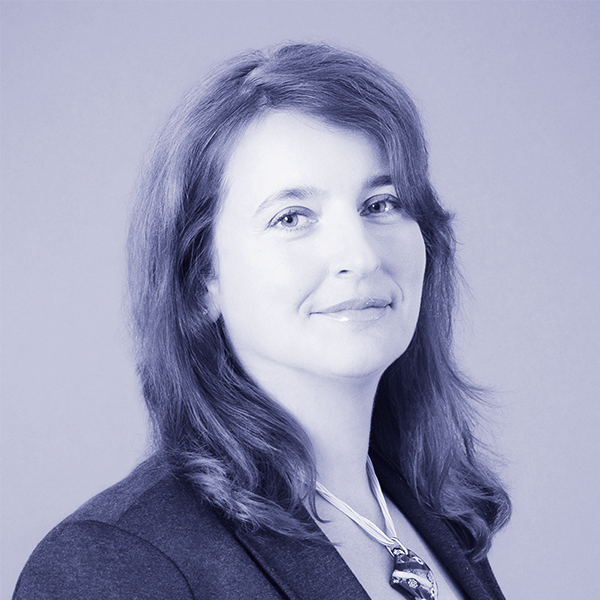 Ewa Deelman
Ewa Deelman
Research Professor of Computer Science
Research Director of Scientific Computation Technologies at ISI
Research focus:
My research focuses on conducting computer science research and software development to advance cyberinfrastructure for science.
Recent news:
The work of my group on the Pegasus Workflow Management System contributed to the first ever direct detection of gravitational waves, where the LIGO scientists used it to execute ~107 million computational tasks across distributed resources. Also, our work with the USC Southern California Earthquake Center supports their workflows to generate physics-based probabilistic seismic hazard maps of California. These can be used by civil engineers and disaster planners to build safer structures and plan responses to earthquakes.
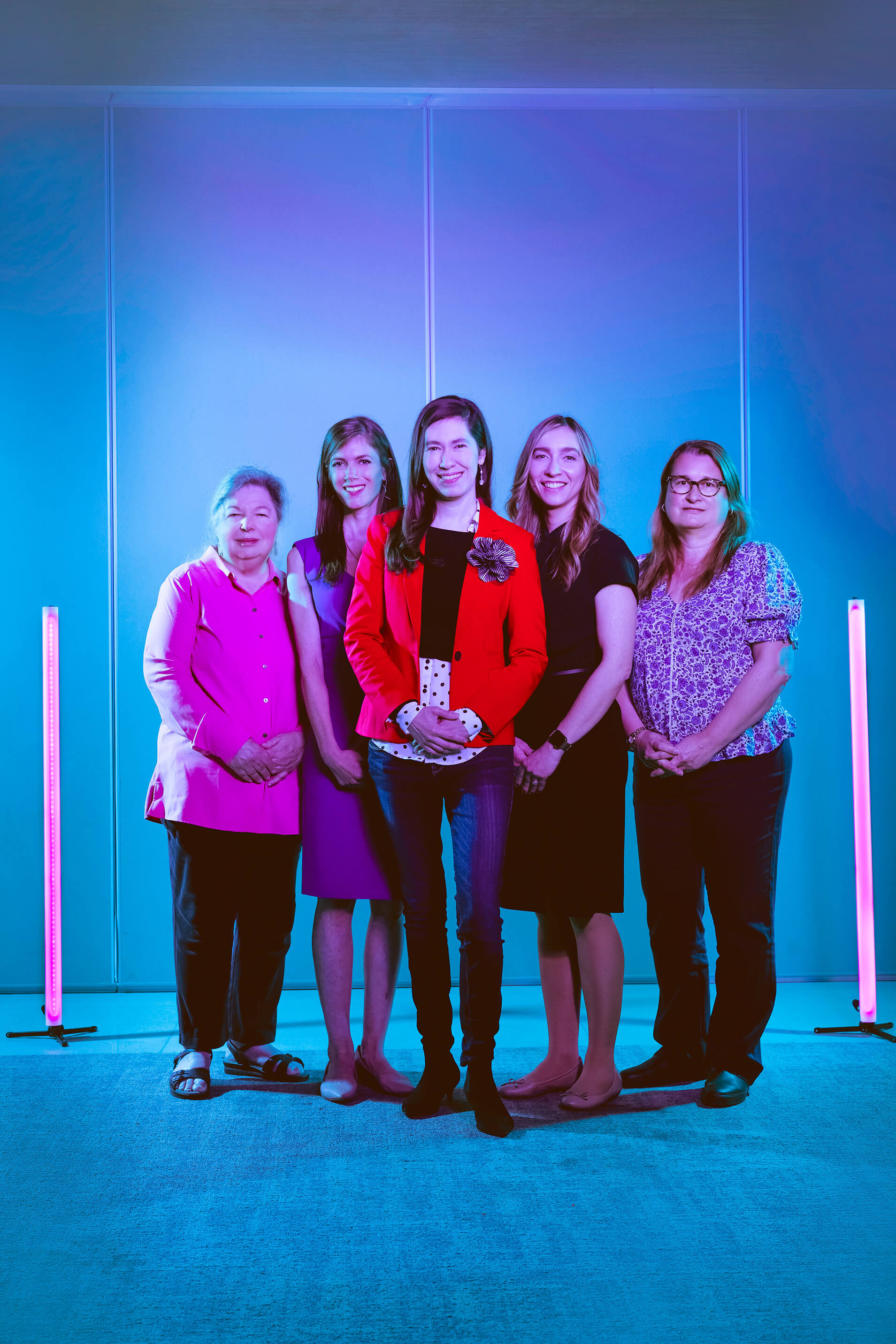
Bistra Dilkina
WiSE Gabilan Assistant Professor and Assistant Professor of Computer Science
Research focus:
Developing AI methods that can help address important sustainable development goals, such as protecting biodiversity and ecosystems, as well as making our cities and infrastructures resilient to natural disasters and climate change.
Recent news:
One recent result that excites me is showing how we can leverage data-driven, machine learning models to create frameworks to quantitatively study the less obvious, indirect effects of sea level rise through forced migration patterns. The work highlights the fact that adaptation measures to sea-level rise are a global impact issue and further understanding is needed to inform important decisions.
 Stacey Finley
Stacey Finley
Gordon S. Marshall Early Career Chair in Engineering and Associate Professor of Biomedical Engineering
Research focus:
I am using mathematical modeling to understand what drives tumor growth from the inside out: how biochemical reactions inside of cells allows tumors to get their own blood supply, efficiently use nutrients, and evade the immune system.
Recent news:
I am excited about our latest research to study the tumor ecosystem involving cancer cells and immune cells. We are building a detailed model of the dynamic interactions between cells. It is exciting to realize that our mathematical modeling can help clinicians better understand cancer and develop more effective immunotherapies.
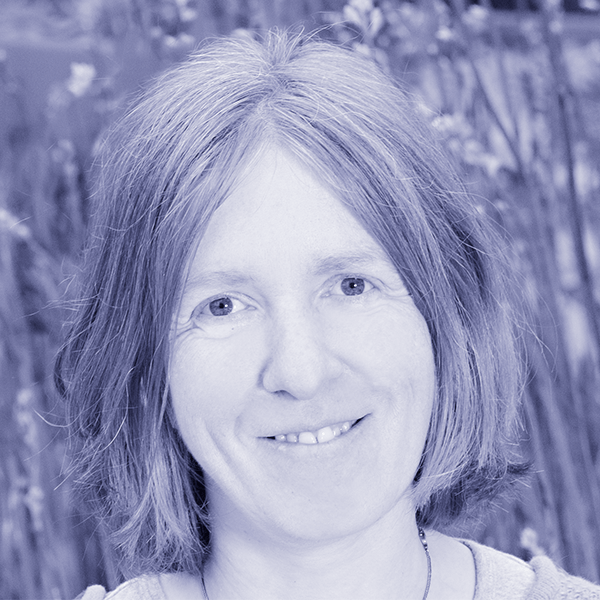 Kallirroi Georgila
Kallirroi Georgila
Research Associate Professor of Computer Science
Research focus:
The underlying concept behind my research is how to learn human behavior patterns from human-machine interaction data to make natural language dialogue systems more human-like, robust to errors and misunderstandings, and adaptive to different types of users and applications.
Recent news:
An exciting recent finding was that using machine learning to optimize the tutoring strategies of an intelligent tutoring system for interpersonal skills training resulted in increased student confidence levels after interacting with the system. This result is exciting because it shows that AI and, specifically, dialogue systems can make a difference in real-world applications such as tutoring students.
 Yolanda Gil
Yolanda Gil
Research Professor of Computer Science and Spatial Sciences
Associate Division Director for Research of Intelligent Systems Division at ISI
Research focus:
Can we create AI scientists that can do independent research?
Recent news:
We have created a framework for cancer data analysis that uses AI planning to search for proteins and genes in a more systematic and efficient manner than existing methods. We can also easily compare different methods and find critical differences that make them more effective.
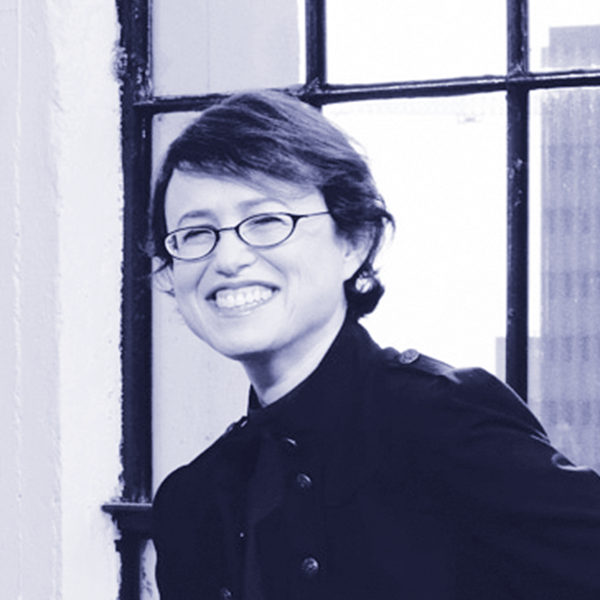 Leana Golubchik
Leana Golubchik
Stephen and Etta Varra Professor of Computer Science and Electrical and Computer Engineering
Research focus:
We work on design and evaluation of large scale distributed systems, with an emphasis on analysis techniques needed for rapid evaluation of design ideas that lead to insight about systems’ performance and reliability.
Recent news:
Deep learning has made substantial strides in many applications, where new training techniques, larger datasets, increased computing power and easy-to-use machine learning frameworks all contribute to this success; however, an important missing piece is that these frameworks do not assist users with provisioning and sharing cloud resources. To this end, our recent results in performance prediction and scheduling algorithms guide resource allocation to facilitate greater exploration of deep learning models.
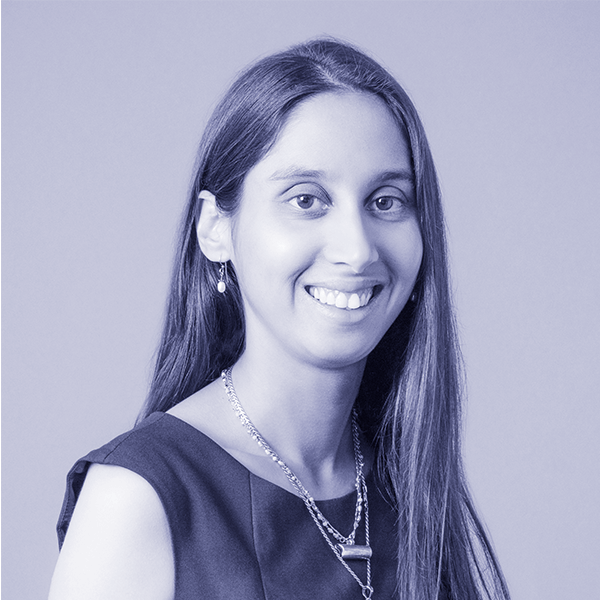 Malancha Gupta
Malancha Gupta
Jack Munushian Early Career Chair and Professor of Chemical Engineering and Materials Science and Chemistry
Research focus:
My research group is currently focused on designing sustainable hydrophobic coatings for membrane and textile applications.
Recent news:
We recently found that we can systematically control the depth of polysiloxane coatings into porous materials: one side of the porous material remains hydrophilic and the other side rendered hydrophobic. These types of asymmetric Janus materials with tailored surface chemistries have many applications in diagnostics and filtration.
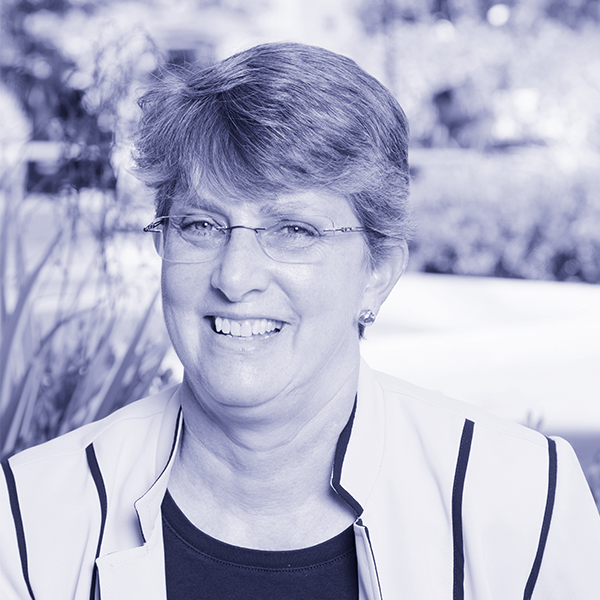 Julie Higle
Julie Higle
Professor of Industrial and Systems Engineering
Research focus:
Most of my work involves models and methods that support decision making under uncertainty, most recently in support of medical decision making for public health.
Recent news:
I get a kick out of creating mathematical and computational models that can help to transform limited disease data into insights about diseases that are otherwise asymptomatic.
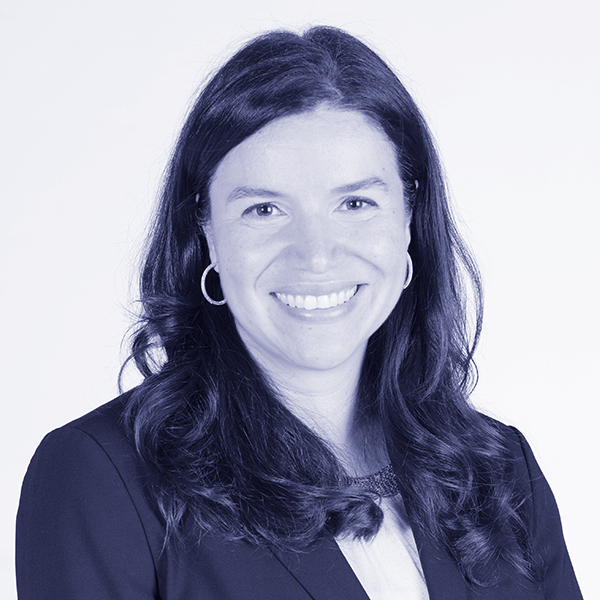 Andrea Hodge
Andrea Hodge
Arthur B. Freeman Professor of Chemical Engineering and Materials Science and Aerospace and Mechanical Engineering
Research focus:
The overarching goal of our research is to develop methodologies to synthesize new materials with nanoscale microstructures and unravel their new properties and behaviors.
Recent news:
We recently discovered how to control gradient microstructures at the nanoscale by producing a superalloy with four different types of complex microstructures within — a new way to develop materials that have the potential to exhibit many different behaviors in one single sample. It could open the door for new, thermally stable and stronger nanoscale materials.
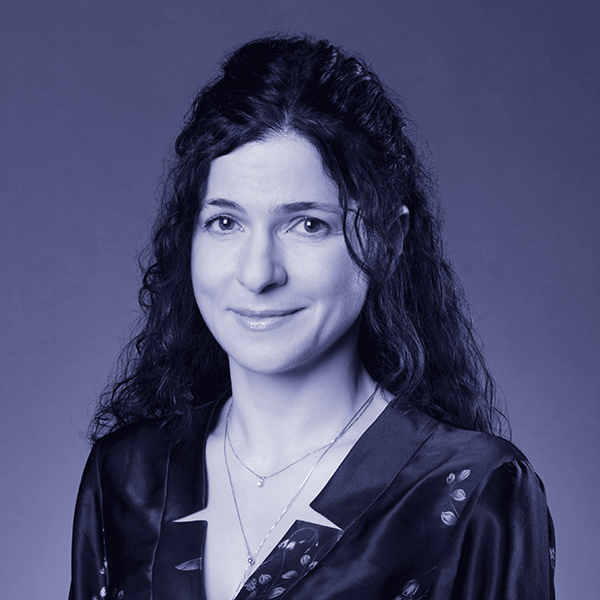 Eva Kanso
Eva Kanso
Zohrab A. Kaprielian Fellow in Engineering and Professor of Aerospace and Mechanical Engineering
Research focus:
We work on the physics of living systems. Our goal is to understand how organisms exploit, and at the same time are constrained by, physics (see story).
Recent news:
Our recent work on sea star locomotion, where we analyze gait transitions from crawling to bouncing. It is a fascinating example of how mechanics facilitates coordination, potentially reducing the computational demand on the sea star distributed nervous system.
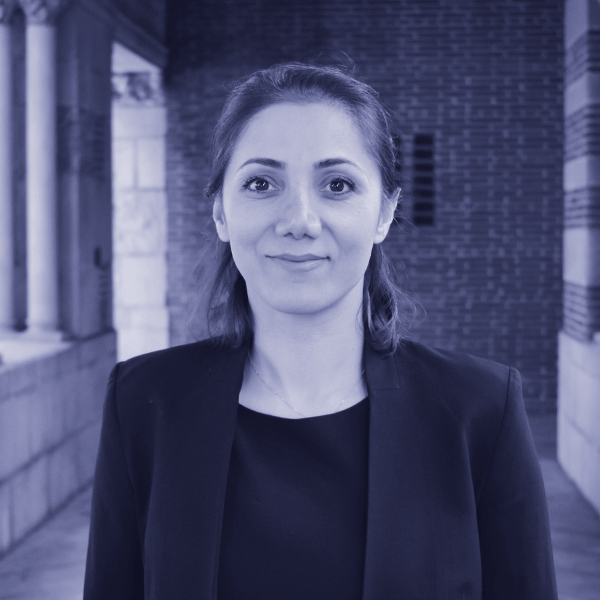 Mercedeh Khajavikhan
Mercedeh Khajavikhan
IBM Early Career Chair and Associate Professor of Electrical and Computer Engineering
Research focus:
Our group aims to develop a platform based on nonlinear oscillators that is capable of modeling complex systems from social networks to the brain.
Recent news:
In 2017, we were one of the first groups that demonstrated an enhanced sensitivity in non-Hermitian systems that were biased at exceptional points. The possibility of increasing sensitivity, a property that prior to our work was considered a fixed quantity, using some of the unique properties of non-Hermitian systems is not only exciting, but it also has far-reaching implications.
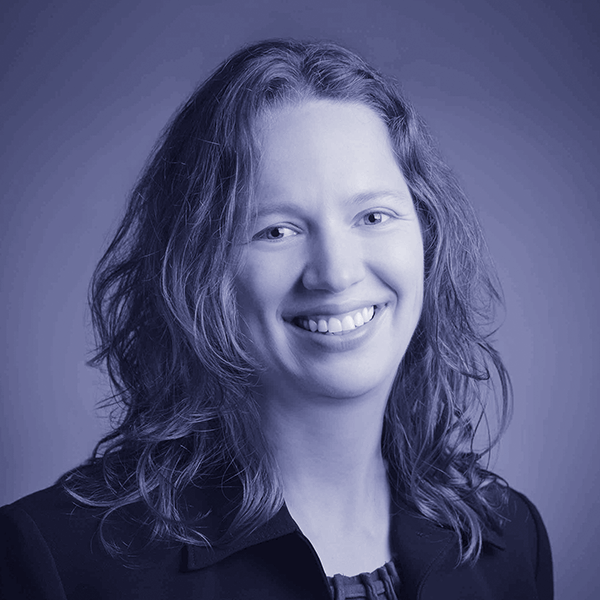 Aleksandra Korolova
Aleksandra Korolova
WiSE Gabilan Assistant Professor and Assistant Professor of Computer Science
Research focus:
I aim to understand societal impacts of algorithms and AI and enable data-driven innovation while respecting societal values, such as privacy and fairness.
Recent news:
We were able to demonstrate the role ad delivery algorithms play in perpetuating discrimination and shaping political messaging in targeted advertising systems. Scientifically, it was exciting to be able to show the role of algorithms without access to Facebook’s data or algorithms; furthermore, I’m motivated to find solutions to the novel questions this raises for researchers, Facebook, and policy makers: how to audit for and address these effects.
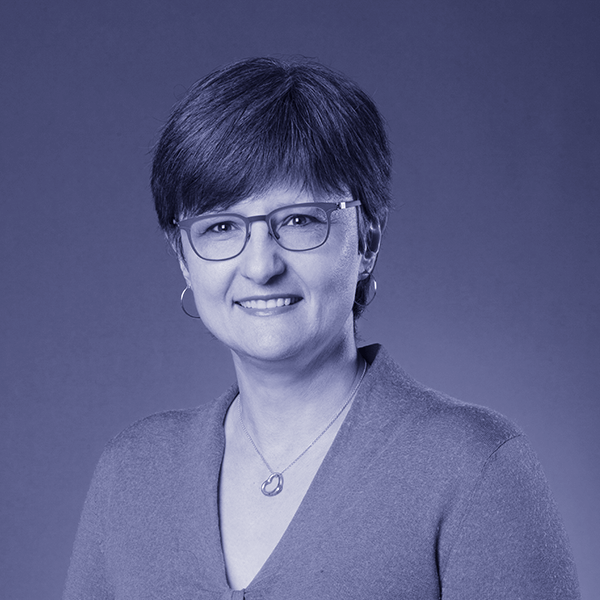 Kristina Lerman
Kristina Lerman
Research Associate Professor of Computer Science
Project Leader at ISI
Research focus:
I am trying to use data to answer socially important questions: how can networks be configured to amplify the spread of beneficial information, but stop the spread of bad information? Can we use open-source data to monitor human happiness?
Recent news:
A recent paper identifies some of the counterintuitive properties of networks: the “majority illusion” effect, where a trait or an opinion can be rare in the network overall, but it may appear to many people as if many of their friends have that trait or opinion. It’s rampant on the Twitter follower network.
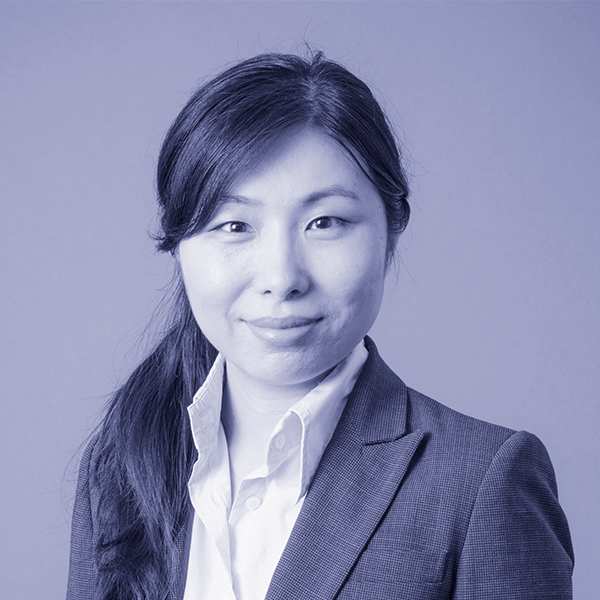 Yan Liu
Yan Liu
Philip and Cayley MacDonald Endowed Early Career Chair and Associate Professor of Computer Science and Electrical and Computer Engineering
Research focus:
We are working on developing novel machine learning models to address important and pressing challenges in our society, such as predicting how coronavirus spreads over space and time.
Recent news:
We have developed novel machine learning algorithms that can interpret how deep neural networks work and have been successfully implemented in Facebook Advertising systems.
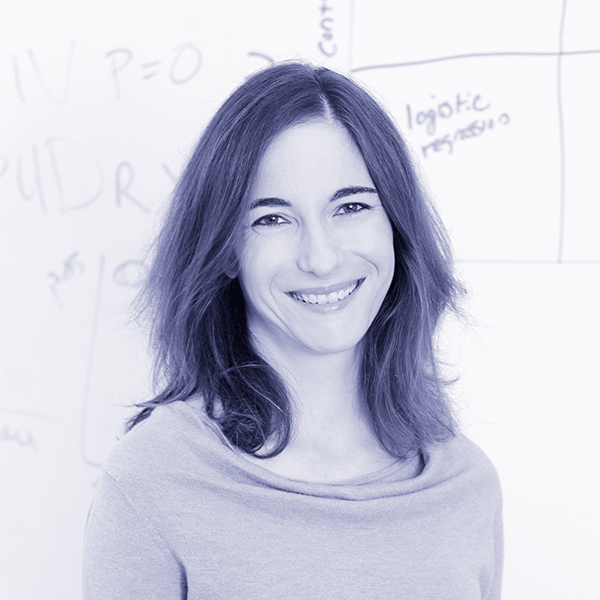 Gale Lucas
Gale Lucas
Research Assistant Professor of Computer Science and Civil and Environmental Engineering
Research focus:
What aspects of the technology — virtual agents, VR training, smart buildings, etc. — affect how much we use, accept, trust, like and feel connected to that technology?
Recent news:
The research finding that excites me the most is that people open up more about their mental and financial health to virtual humans than real humans. These results have implications for ways that technology can help us when stigma and evaluation concerns get in the way of us opening up to other people.
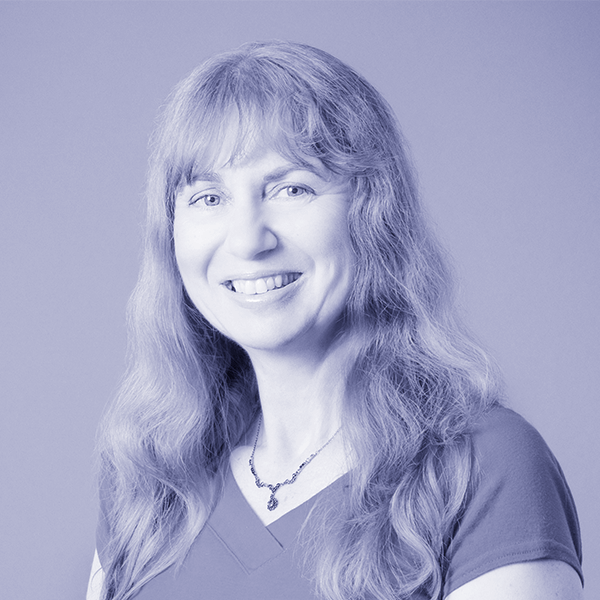 Maja Matarić
Maja Matarić
Chan Soon-Shiong Chair and Distinguished Professor of Computer Science, Neuroscience, and Pediatrics
Research focus:
How can we get AI and robotics to be used more for helping people (augmentation) rather than replacing people (automation)?
Recent news:
We recently analyzed the unique dataset we collected from deploying our socially assistive robots as tutors in 17 homes of families with one or more children with autism, for a month or longer at a time. The data yielded unique insights about what it takes to use machine learning/AI to help a truly diverse population such as autism (see story).
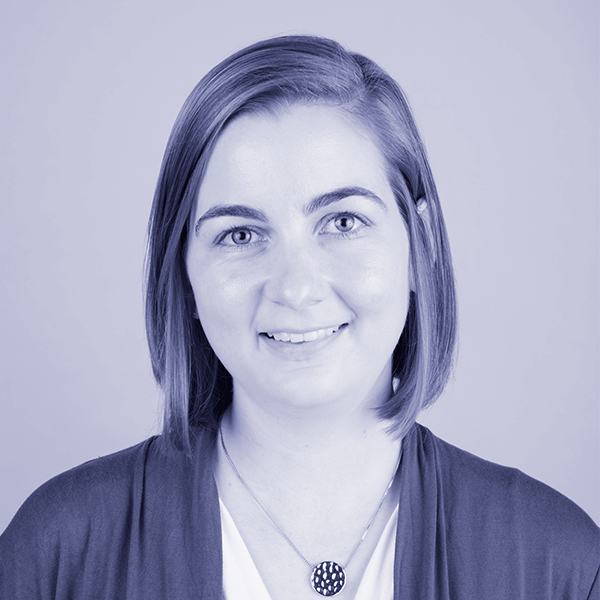 Megan McCain
Megan McCain
Chonette Early Career Chair and Assistant Professor of Biomedical Engineering and Stem Cell Biology and Regenerative Medicine
Research focus:
We fabricate a variety of surfaces and devices for engineering human muscle cells into tissues that can be used to study diseases and serve as a testbed for developing new drugs.
Recent news:
Recently, we fabricated a fluidic device to keep explanted zebrafish hearts alive and functional from several days to weeks. Our collaborators at CHLA then used our device to image an injured zebrafish heart as it regenerated in real-time, giving us a window into new therapies for human heart repair.
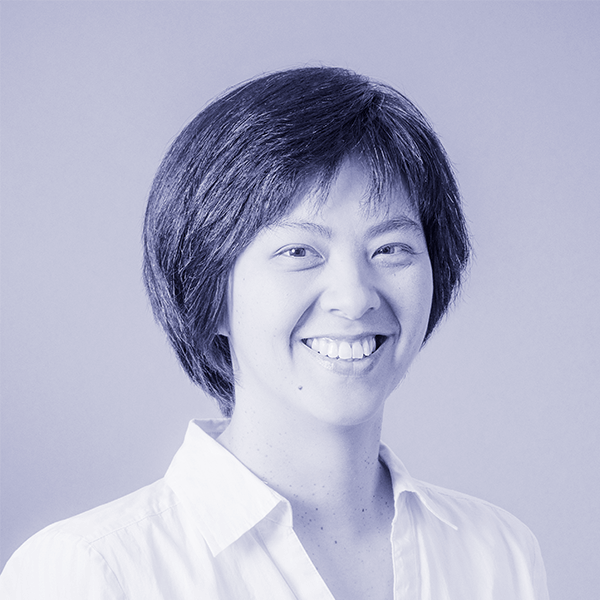 Ellis Meng
Ellis Meng
Professor of Biomedical Engineering and Electrical and Computer Engineering
Research focus:
My long-term question is: can we come up with a new device to treat hydrocephalus that is equivalent to a cure? We are taking baby steps towards that goal today.
Recent news:
My passion is finding unique problems in medicine that have no satisfactory clinical solutions today and leading the charge to change existing paradigms by introducing new medical device technology solutions through my research. It is an incredible privilege to have the opportunity to impact the lives of patients and also be so intellectually challenged, engaged, and disruptive.
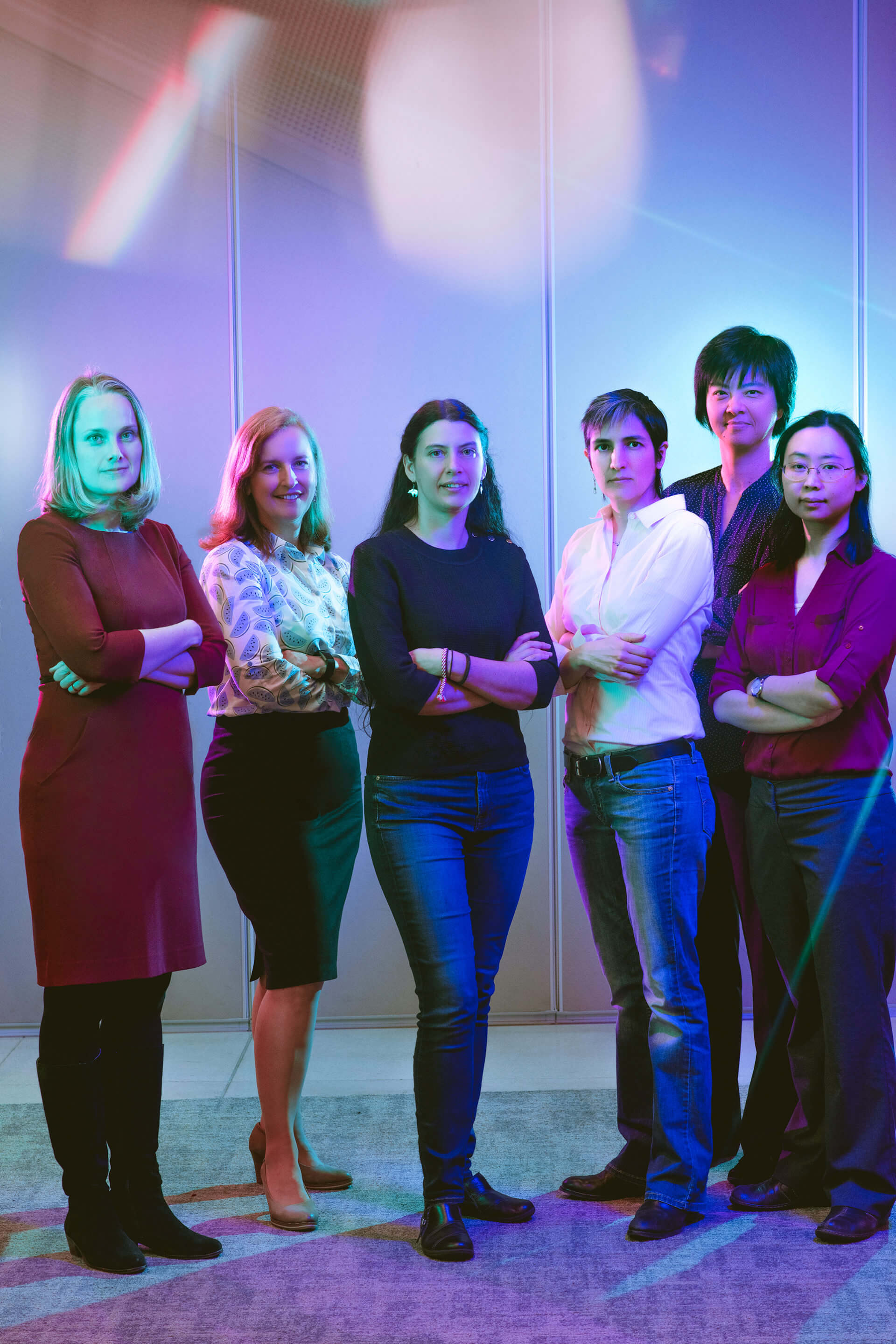
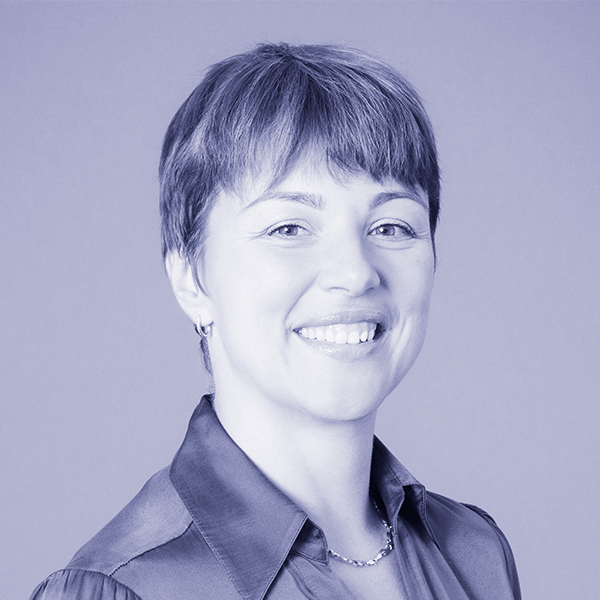 Jelena Mirkovic
Jelena Mirkovic
Research Associate Professor of Computer Science
Research Team Leader at ISI
Research focus:
We are working on protecting various targets – networks, servers, infrastructure services – from denial-of-service attacks.
Recent news:
In our FRADE project on protecting Web servers from DDoS attacks, we were able to identify both naive and sophisticated attackers, and filter their traffic within 10 to 15 seconds.
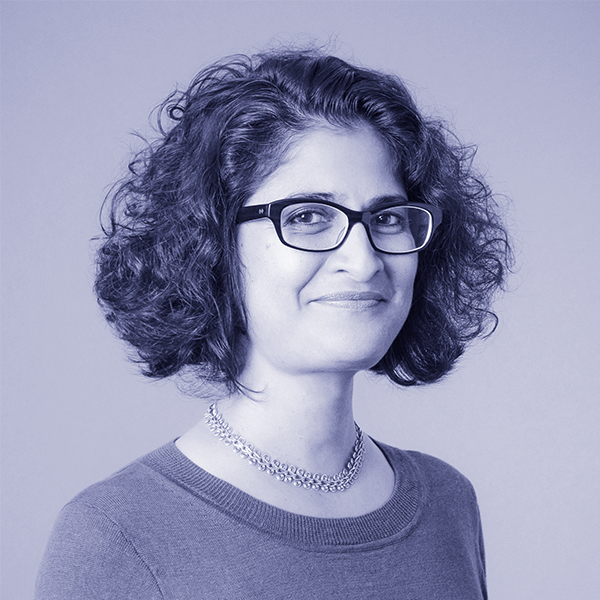 Urbashi Mitra
Urbashi Mitra
Gordon S. Marshall Chair in Engineering and Professor of Electrical and Computer Engineering and Computer Science
Research focus:
How to design algorithms that jointly optimize communications, sensing and control. This is valuable for designing wireless networks where AUVs collaborate in large-scale ocean sensing or microbial fuel cells produce the most electricity possible.
Recent news:
We have new results on methods for localizing multiple targets in space; the targets emanate some kind of signal that can be received at a small number of locations. These signals only need to have some simple properties and so our methods work in all manners of environmental conditions (e.g. underwater, where there is no GPS).
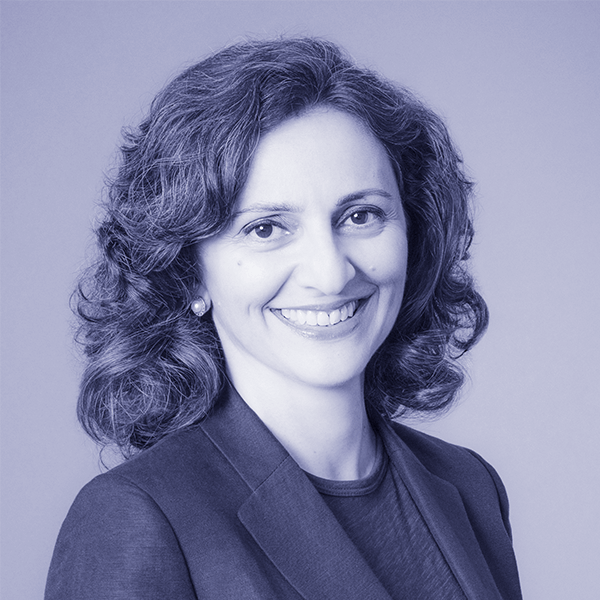 Mahta Moghaddam
Mahta Moghaddam
William M. Hogue Professorship in Electrical and Computer Engineering and Professor of Electrical and Computer Engineering
Research focus:
We are contributing to the understanding, prediction and adaptation strategies for global climate change, and in particular, issues related to water scarcity, via microwave remote sensing technologies
Recent news:
It was very exciting to confirm our hypothesis that we can “see” through the subsurface, with high resolution, using long-wavelength radars. This has significant implications for our ability to track changes in the arctic permafrost, to enable precision agriculture, and to help military logistics (see story).
 Maral Mousavi
Maral Mousavi
Assistant Professor of Biomedical Engineering
Research focus:
How do we make diagnostic and analytical devices accessible and affordable? How do we use technology to improve patient outcomes and innovate in the healthcare field?
Recent news:
My research group looks for creative methods and materials to design devices. We get excited when we find the answers hidden in the plain sight; for example, we are utilizing ubiquitous materials such as yarn and paper, materials that we interact with on a daily basis, for creating low-cost microfluidic biomedical devices for point-of-care analysis.
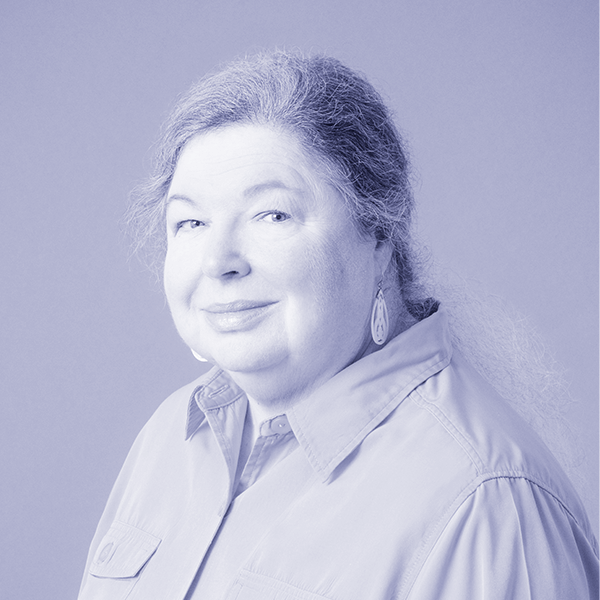 Alice Parker
Alice Parker
Dean’s Professor of Electrical and Computer Engineering
Research focus:
How does neural coding in artificial neurons (the signaling between neurons) convey meaning?
Recent news:
We were able to show that electronics modeling astrocytes (other cells in the brain) detect synaptic failure and encourage other electronic neural connections to boost strength so signaling can continue. As a corollary, we showed that electronic neurons can signal with different spike shapes to indicate the source of the spiking. Together, combining these ideas, we showed that after synaptic failure existing electronic neurons can assume signaling roles.
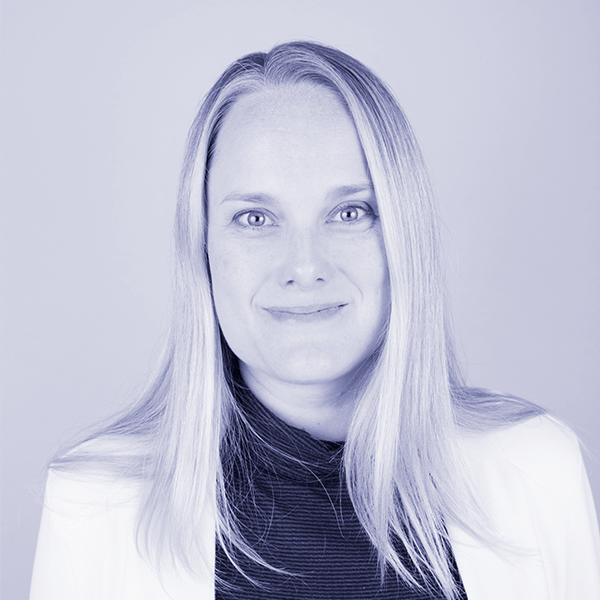 Michelle Povinelli
Michelle Povinelli
Gabilan Distinguished Professorship in Science and Engineering and Professor of Electrical and Computer Engineering and Physics and Astronomy
Research focus:
How can we use micro-scale patterning to change how objects sense and emit light and heat?
Recent news:
Recently, we’ve designed specialty microparticles that could be used for temperature-regulating paint. Ultimately, we’d like to replace energy-intensive heating and air conditioning systems with paint for applications on satellites and even automobiles.
Feif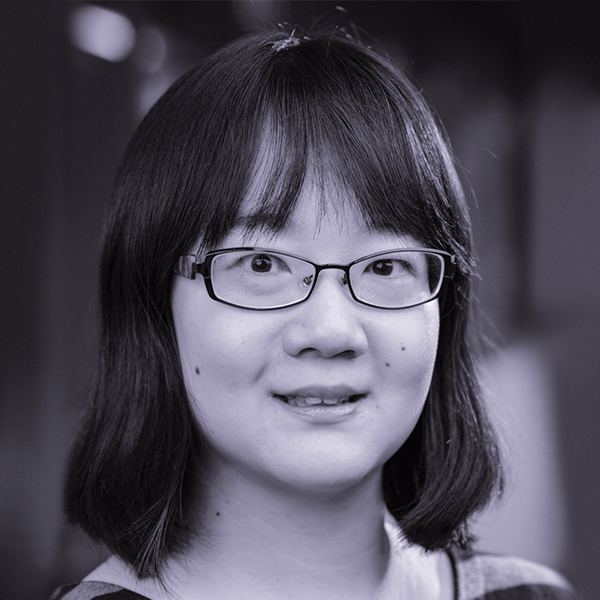 ei Qian
ei Qian
WiSE Gabilan Assistant Professor and Assistant Professor of Electrical and Computer Engineering
Research focus:
How can bio-inspired robots achieve agile locomotion on challenging terrains such as soft sand, snow, and earthquake rubbles by generating the desired responses from the environment?
Recent news:
We found that by smartly colliding into obstacles, our legged and snake-like robots can exploit obstacle disturbances to effectively locomote and navigate in cluttered environments. This new framework of viewing obstacles as opportunities changes the need for robots to carefully avoid all contacts and perturbations.
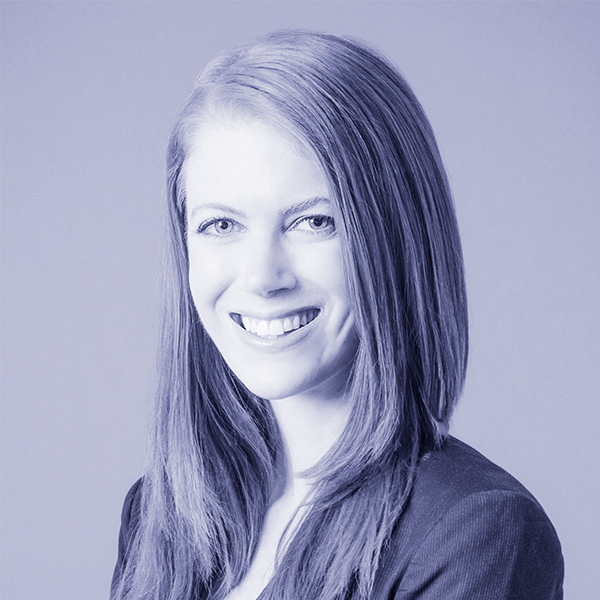 Kelly Sanders
Kelly Sanders
Dr. Teh Fu Yen Early Career Chair and Assistant Professor, Sonny Astani Department of Civil and Environmental Engineering
Research focus:
How can we maximize our utilization of renewable energy, such as solar panels, without using expensive batteries and storage options?
Recent news:
We are looking at strategies to enable electricity customers to serve as “virtual batteries” to help manage variable renewable energy sources by shifting usage from times of high fossil fuel usage to times of high renewable energy availability. Changing electricity customer behavior is an exciting alternative because it avoids the costs associated with batteries and all of the upstream environmental impacts of battery production.
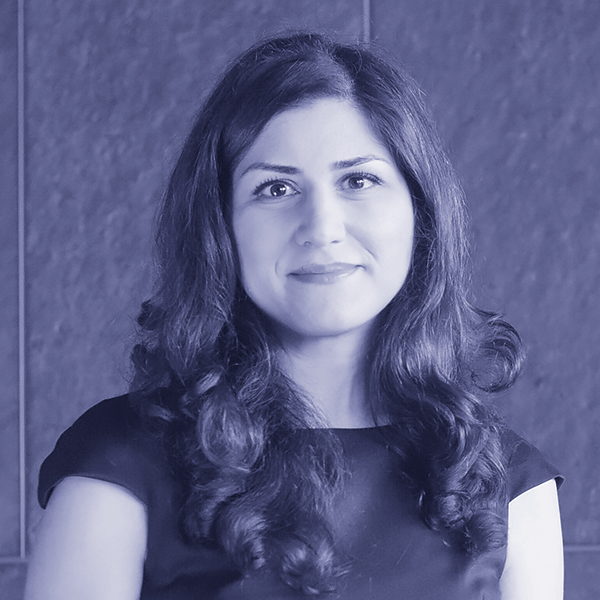 Maryam Shanechi
Maryam Shanechi
Andrew and Erna Viterbi Early Career Chair and Assistant Professor of Electrical and Computer Engineering and Biomedical Engineering
Research focus:
My lab develops neurotechnology to restore lost motor and emotional function in millions of patients with neurological and neuropsychiatric disorders.
Recent news:
We have provided the first demonstration that mental states such as mood can be decoded from brain activity. We have also developed models of how electrical stimulation changes brain activity. Using these models, we are now developing alternative therapies that would regulate disease symptoms in neuropsychiatric disorders.
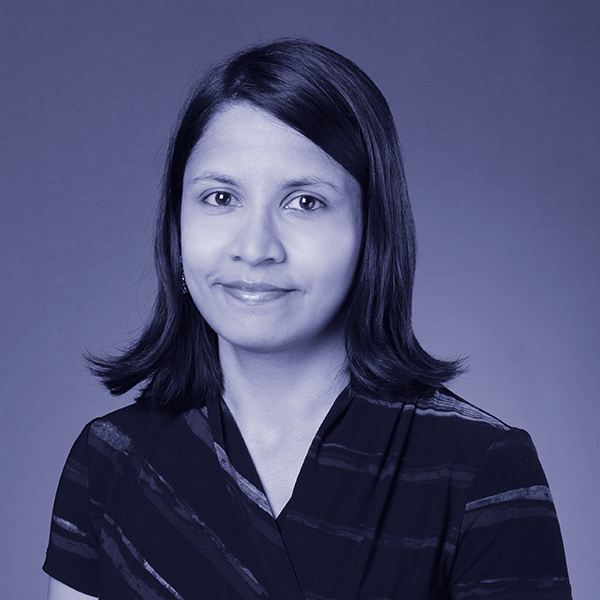 Shaama Sharada
Shaama Sharada
WISE Gabilan Assistant Professor and Assistant Professor of Chemical Engineering and Materials Science
Research focus:
We are using computer simulations to identify practical, yet energy-efficient and sustainable means to convert anthropogenic carbon dioxide into useful compounds.
Recent news:
We’re excited about the fact that we do not need the typical toxic, heavy metal compound to carry out light-assisted CO2 conversion. We find that certain organic molecules are highly tunable to achieve a wide range of chemical reactivity but their susceptibility to degrade hampers widespread use. We are now using simulations to determine mechanisms of degradation of these molecules to find new, more robust candidates to convert CO2.
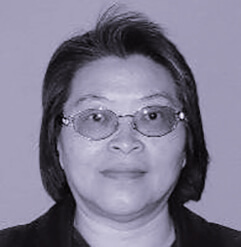 Katherine Shing
Katherine Shing
Associate Professor of Chemical Engineering and Materials Science
Research focus:
Industrial catalysis using enzymes is challenging due to slow kinetics. Recent experimental data indicates that the addition of surfactants can significantly enhance the enzyme activity, but the mechanism of such enhancement is not clear.
Recent news:
Using atomistic molecular dynamics simulations, it was found that the photo-responsive surfactant azo-TAB interacts with the enzyme lysozyme by selectively adsorbing on certain sites on the enzyme, resulting in changes in both the size and dynamics of the enzyme catalytic cavity. These detailed molecular-level studies allow the customization of enzyme-surfactant pairing through chemical synthesis of optimum surfactant for particular enzymatic catalysis applications.
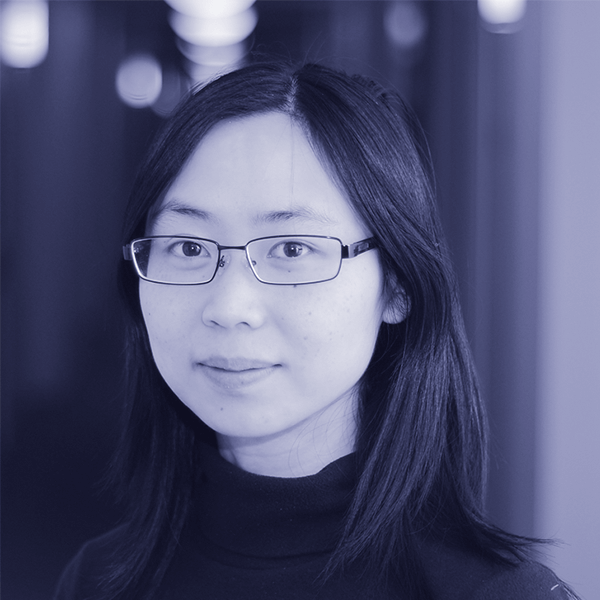 Sze-chuan Suen
Sze-chuan Suen
Assistant Professor Industrial and Systems Engineering
Research focus:
How can we use quantitative models for disease and health systems to best inform health policy and medical decision making?
Recent news:
It is very exciting to be able to use and design new modeling and optimization approaches to help patients and health systems improve their health outcomes, reduce costs and better allocate their resources. It is very satisfying to be able to bring traditional industrial engineering and operations research techniques to the field of healthcare.
 Jennifer Treweek
Jennifer Treweek
WiSE Gabilan Assistant Professor and Assistant Professor of Biomedical Engineering
Research focus:
One of my research goals is to pioneer technologies that enable the visualization of depression-associated neuroadaptations across multiple spatial and temporal scales (see story).
Recent news:
Recently published tissue-clearing and labeling methodologies, when combined with advanced imaging systems, have enabled high-resolution and high-content information retrieval from intact multicellular systems – whether that be from whole organs or from entire biological niches, such as microbial biofilms embedded in human tissues. Our newfound ability has the potential to provide tremendous insight into the mechanisms of disease.
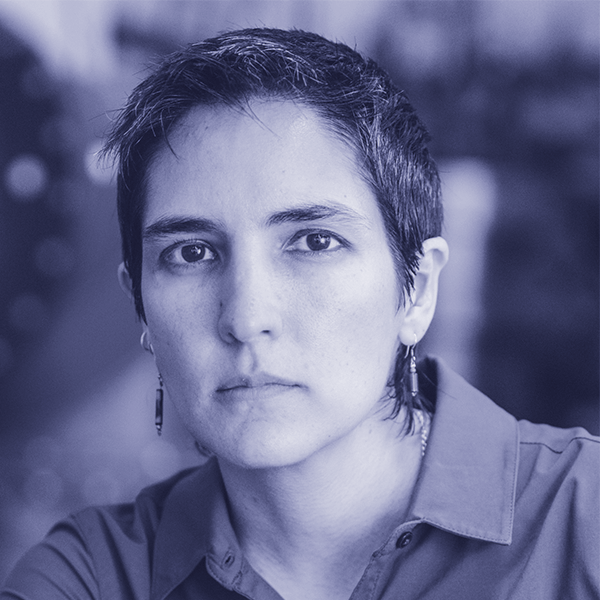 Alejandra Uranga
Alejandra Uranga
WiSE Gabilan Assistant Professor of Aerospace and Mechanical Engineering
Research focus:
My research aims at finding ways to make aviation environmentally sustainable: can we get there and how?
Recent news:
By investigating the use of electrical components as major parts of the propulsion system for aircraft, my research group has identified missions for which electrification can reduce the on-board energy consumption by a significant amount: 20% to 60% depending on battery technology. If we are willing to change how we design aircraft and how we fly, there might actually be a way for aviation to become environmentally sustainable within the next two decades.
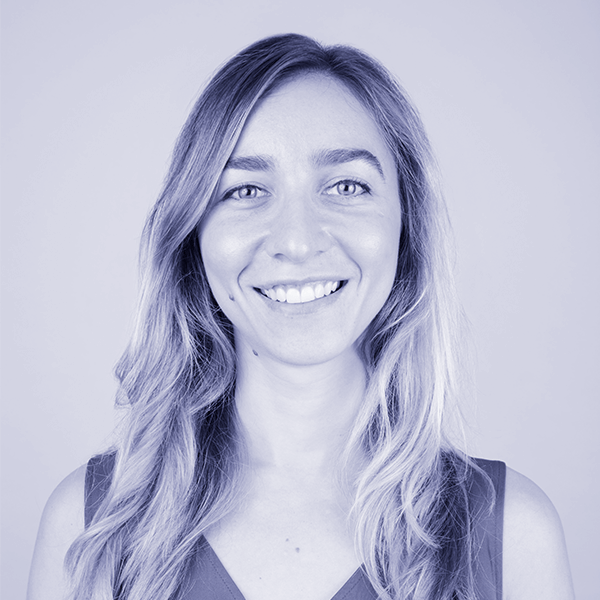 Phebe Vayanos
Phebe Vayanos
Assistant Professor of Industrial and Systems Engineering and Computer Science
Research focus:
How can we harness the power of artificial intelligence for social good to help support the most vulnerable?
Recent news:
I am working in partnership with policy-makers at the Los Angeles Homeless Services Authority to help mitigate homelessness in L.A. County. We are redesigning the policy for allocating scarce housing resources to those experiencing homelessness.
 Renyuan Xu
Renyuan Xu
WiSE Gabilan Assistant Professor and Assistant Professor of Industrial and Systems Engineering
Research focus:
To help people make better decisions in stochastic environments involving uncertainty and competition.
Recent news:
I have a huge passion for formulating real-world decision-making problems into mathematical models, deriving analytical solutions, and designing efficient algorithms to solve these problems. People make decisions all the time. I feel incredibly content when my research can help them better understand the situations they are facing and improve the outcomes of their decisions.
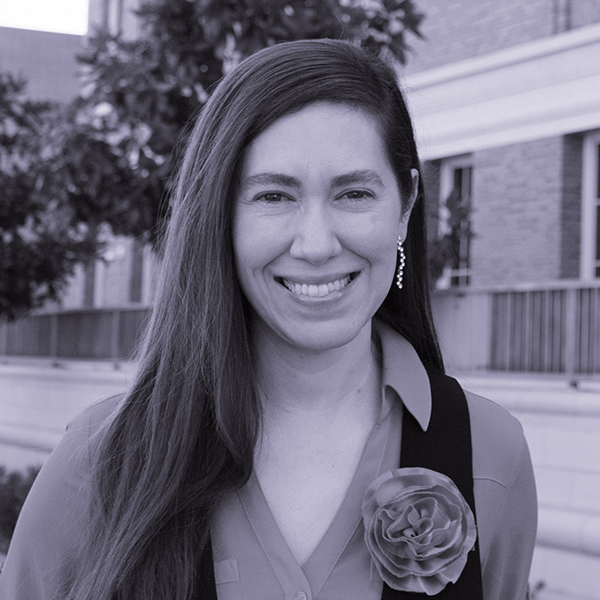 Cristina Zavaleta
Cristina Zavaleta
WiSE Gabilan Assistant Professor and Assistant Professor of Biomedical Engineering
Research focus:
How can we improve cancer detection by using nanoparticle-based imaging contrast agents?
Recent news:
We were really excited to find that the commercial dyes we encounter every day, used to color our foods, drugs and cosmetics, have a multitude of optical imaging properties that we can exploit for cancer imaging. We are currently incorporating these “colorful” dyes into various nanoparticle constructs to evaluate their potential to specifically target and sensitively detect cancer cells.






